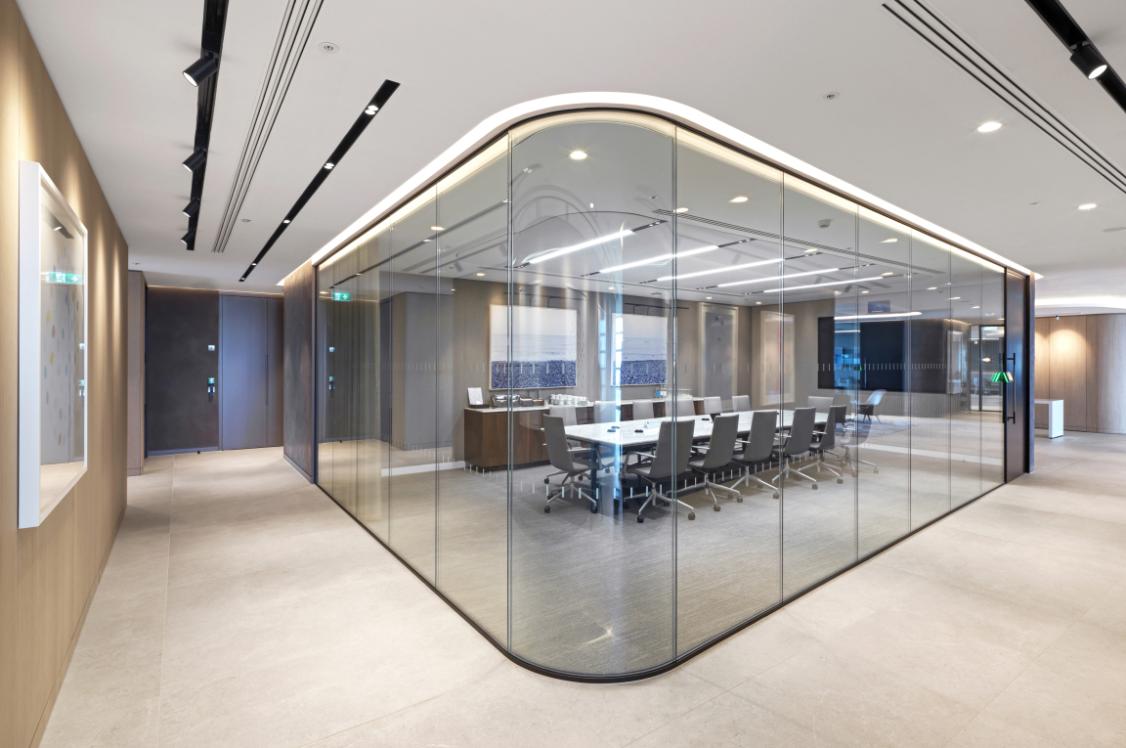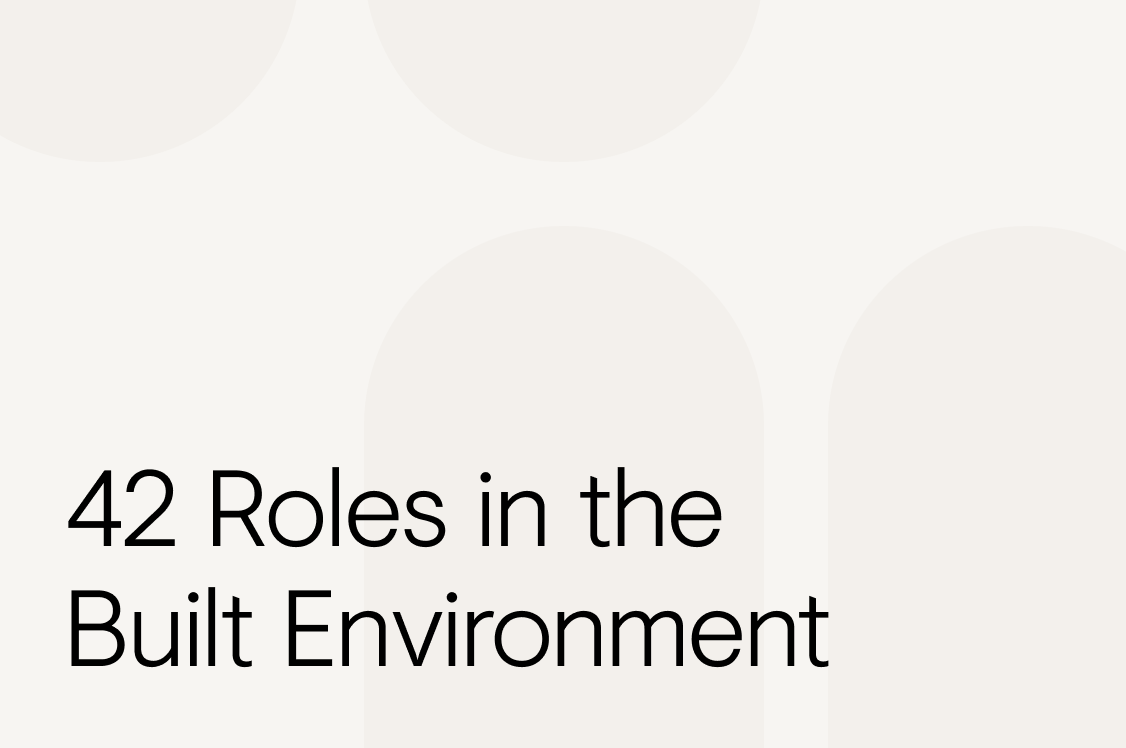Steve McGuirk, former GM chief fire officer, and executive officer, Fire Sector Federation, on the latest updates to the Building Safety Act.

October last year heralded the implementation of the secondary legislation that is part of the Building Safety Act 2022, which became law in England the previous year. The legislation has enacted a raft of reform in the wake of the Grenfell Tower fire, designed to prevent the likelihood of a similar tragedy happening again.
The legislation aims to reduce the risk of fire and structural failure through greater planning scrutiny, increased regulation and professional competence, and the creation of new statutory roles in the design and construction of higher risk buildings.
While every architect and designer should, of course, read the legislation in full, we asked Steve McGuirk, former GM chief fire officer and executive officer, Fire Sector Federation, to explain five of the key changes, to help support your projects - this year, and beyond.
New Duties for Designers
"All designers have to undertake new designer duties which include planning, managing and monitoring the design work during the design phase; coordinating matters relating to the design work; ensuring that designers cooperate with the client, principal designer, principal contractor and each other; ensuring that the building work will comply with all relevant requirements; liaising and sharing information with the principal contractor.
"Some of the duties can be undertaken in conversations and regular and clear communications with other duty holders, following standard best practice project management processes. Others are the core design function that architects should be doing anyway, but the legislation now codifies best practice design processes into statutory requirements."
Competency
"Competence is a key feature of the new legislation. Everyone carrying out design or building work must be competent and able to demonstrate their competence in a way that complies with building regulations. This applies to both individuals and organisations.
"For individuals, this relates to their skills, knowledge, experience and behaviour. Firms must be able to demonstrate their organisational capability to carry out its functions and responsibilities properly.
"Competencies specific to the principal designer are set out in the BSI standard PAS8671."
Gateways
"In order to gain more oversight and regulatory control over higher-risk buildings, (residential buildings, care homes and hospitals which are over 18 metres in height or at least 7 storeys) the Building Safety Act introduces the implementation of three gateways strategically placed at critical points of design and construction. Gateway one is at the planning and application stage. Gateway two is before the building starts. Gateway three is when the building work has been completed.
"The system is designed to ensure that safety is prioritised at every stage if the design and build process. The gateway consultation and oversight strengthen competency and accountability among all stakeholders involved in the process. The involvement of specialists, technical experts, industry veterans, local authorities and fire and rescue services ensures that the right competencies are in place among accountable persons while regulatory oversight safeguards compliance with established codes and requirements.
"Once all the building work has been completed, contractors must submit a Gateway 3 application including a building safety case, to the Building Safety Regulator to demonstrate that the building aligns with the building regulation requirements. Signed declarations from the principal designer and principal contractor stating that the building is compliant must be included."
The Golden Thread
"The Golden Thread for higher risk buildings is designed to support the effective and efficient sharing of project information at the right time and with the right people in an easy to access, reliable and up to date format. It should be the single source of truth.
"It is a live electronic record of information about the building throughout its lifecycle, including up to date safety information about the design, construction and management of the building.
"All information must be stored and transferred electronically, and recipients must acknowledge receipt. During the design and construction phase the responsibility to manage the information thread rests with the duty holder, who could be the client, principal contractor, or principal designer."
Enforcement
"Building control inspectors now have more robust enforcement powers, especially when non-compliance with Building Regulations is identified on site. In the most extreme cases, they will be able to issue a stop notice. Previously, a stop notice would only have been issued when there was a serious health and safety risk on site, not when a design element was assessed as non-compliant.
"The inspector will be required to work backwards from any identified issue to identify the root cause and point at which the non-compliant design was signed off. This would potentially demonstrate a lack of competence in the designer responsible for specifying a non-compliant product or designing a non-compliant detail.
"New powers allow the Building Safety Regulator to prosecute individuals of corporate bodies in certain circumstances. The intention is that individuals complicit in breaches can be held responsible for their actions and where there has been some measure of personal failure.
"Where an offence is committed by a corporate body with the “consent or connivance of a director, manager, secretary or similar other officer” of that corporate body, or is attributable to their neglect, that person will be liable to be prosecuted as well as the corporate body.
"Architects need to read the legislation and ensure that they fully understand what is required. Most competent designers who have a good understanding of building regulations will not find this new legislation too challenging, but they need to understand the new procedures and notification requirements. There are a number of helpful guides available from professional bodies within the sector."
Click here for more information about the Fire Sector Federation, and to seek further advice from the team.


































































